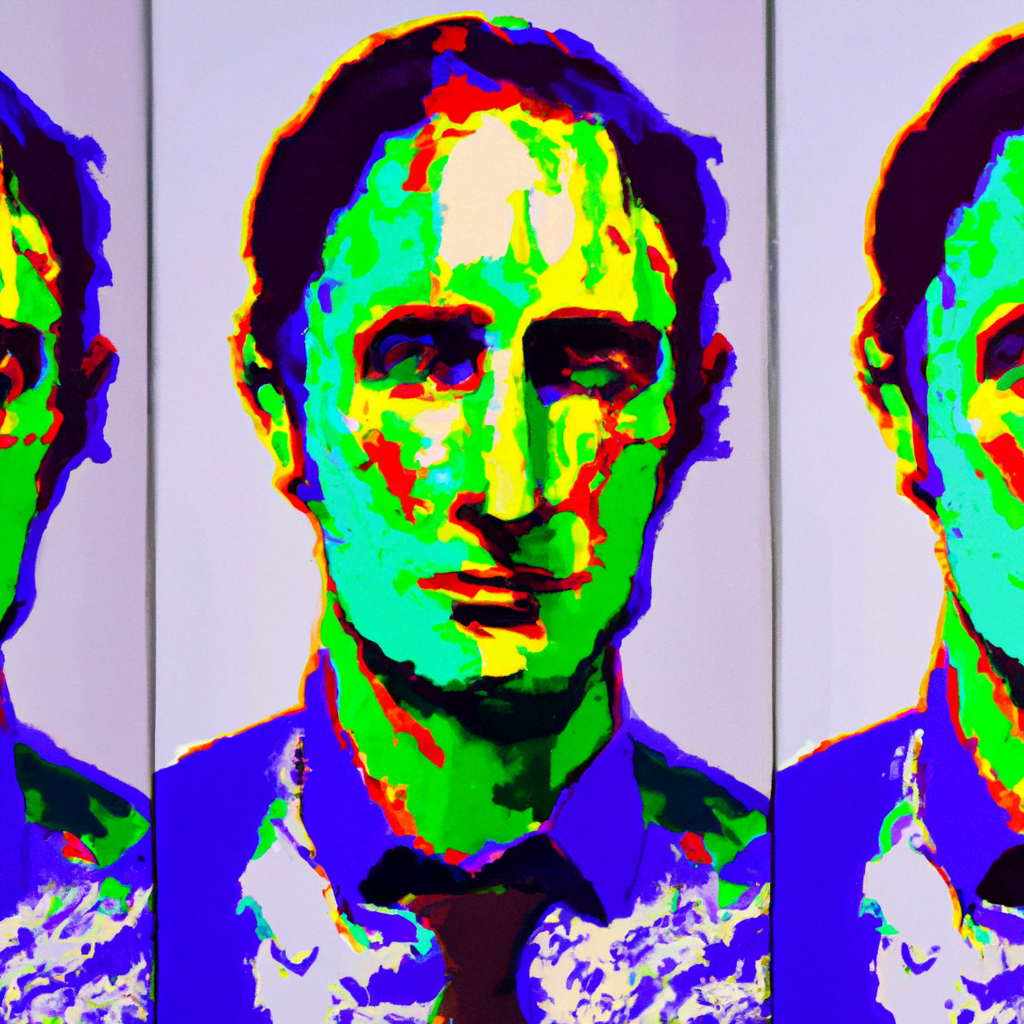Deep Learning and Neural Networks in Graphic Design
Graphic design is an art form that has evolved significantly over the years. With the advent of technology, designers now have access to powerful tools and software that can enhance their creativity and productivity. One such technology that has revolutionized the field of graphic design is deep learning and neural networks. In this article, we will explore the impact of deep learning and neural networks on graphic design and how they are transforming the industry.
Understanding Deep Learning and Neural Networks
Before delving into the application of deep learning and neural networks in graphic design, it is essential to understand what these terms mean.
Deep learning is a subset of machine learning, which is a branch of artificial intelligence. It involves training artificial neural networks to learn and make decisions without being explicitly programmed. Deep learning algorithms are designed to mimic the human brain’s structure and function, with multiple layers of interconnected nodes or neurons.
Neural networks, on the other hand, are computational models inspired by the structure and function of biological neural networks. They consist of interconnected nodes or artificial neurons that process and transmit information. Neural networks can be trained to recognize patterns, classify data, and make predictions.
The Role of Deep Learning and Neural Networks in Graphic Design
Deep learning and neural networks have found numerous applications in graphic design, enabling designers to create more visually appealing and engaging designs. Here are some key areas where these technologies are making a significant impact:
Image Recognition and Classification
Deep learning algorithms excel at image recognition and classification tasks. They can analyze and understand the content of an image, allowing designers to automate certain design processes. For example, a deep learning algorithm can identify objects or elements within an image and suggest relevant design elements or templates.
Case Study: Adobe Sensei
Adobe Sensei is an AI-powered platform that utilizes deep learning and neural networks to enhance the design process. It offers features like automatic image tagging, content-aware cropping, and intelligent font matching. By analyzing the content of an image, Adobe Sensei can suggest relevant design elements, fonts, and color schemes, saving designers valuable time and effort.
Generative Design
Generative design is a technique that uses algorithms to generate new designs based on a set of predefined parameters. Deep learning and neural networks can be used to create generative design systems that produce unique and innovative designs. These systems can learn from existing designs and generate new variations, allowing designers to explore a wide range of possibilities.
Case Study: The Next Rembrandt
In 2016, a team of data scientists and engineers collaborated with Microsoft to create “The Next Rembrandt.” Using deep learning algorithms, they analyzed Rembrandt’s existing works and trained a neural network to generate a new painting in his style. The result was a stunning portrait that closely resembled Rembrandt’s work, showcasing the potential of deep learning in generative design.
Style Transfer
Style transfer is a technique that involves applying the style of one image to another image. Deep learning algorithms can learn the style of a particular artwork or design and apply it to different images, creating unique and visually appealing compositions. This technique allows designers to experiment with different styles and create designs that stand out.
Case Study: Prisma
Prisma is a popular mobile app that uses deep learning algorithms to apply artistic styles to photos. It analyzes the content and style of an image and generates a new image that combines the content of the original image with the style of a famous artwork. Prisma’s unique filters have gained widespread popularity among users, demonstrating the potential of style transfer in graphic design.
The Benefits and Limitations of Deep Learning and Neural Networks in Graphic Design
While deep learning and neural networks offer numerous benefits to graphic designers, it is important to acknowledge their limitations as well. Here are some key advantages and challenges associated with these technologies:
Benefits:
- Increased productivity: Deep learning algorithms can automate repetitive design tasks, allowing designers to focus on more creative aspects of their work.
- Enhanced creativity: Neural networks can generate new design ideas and variations, inspiring designers to explore new possibilities.
- Improved efficiency: Deep learning algorithms can analyze large datasets and extract valuable insights, enabling designers to make data-driven design decisions.
- Personalization: Deep learning algorithms can learn from user preferences and create customized designs tailored to individual needs.
Limitations:
- Lack of control: Deep learning algorithms can sometimes produce unpredictable results, making it challenging for designers to have full control over the design process.
- Data dependency: Deep learning algorithms require large amounts of labeled data to train effectively. Limited or biased datasets can lead to inaccurate or biased design outputs.
- Ethical considerations: The use of deep learning and neural networks in graphic design raises ethical concerns, such as copyright infringement and the potential for AI-generated designs to replace human creativity.
- Technical complexity: Implementing deep learning algorithms and neural networks requires specialized knowledge and expertise, which may be a barrier for some designers.
Conclusion
Deep learning and neural networks have undoubtedly transformed the field of graphic design, offering new possibilities and enhancing the creative process. From image recognition and generative design to style transfer, these technologies have opened up new avenues for designers to explore. However, it is important to strike a balance between automation and human creativity, ensuring that designers retain control over the design process. As technology continues to advance, it will be fascinating to see how deep learning and neural networks further shape the future of graphic design.
